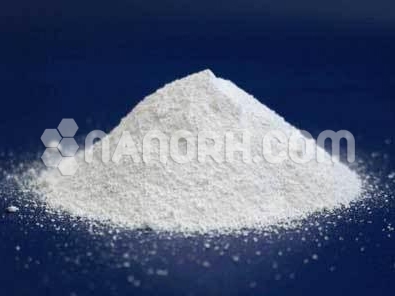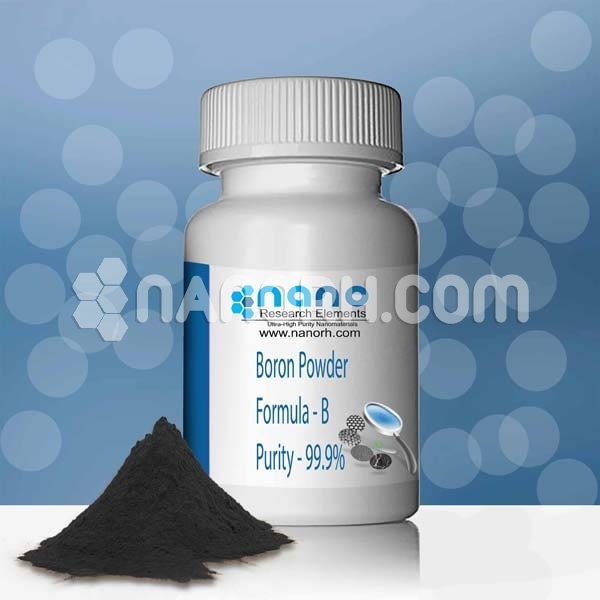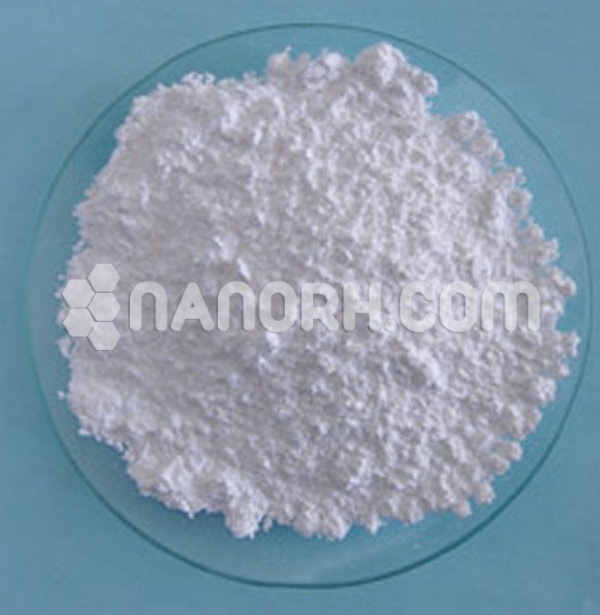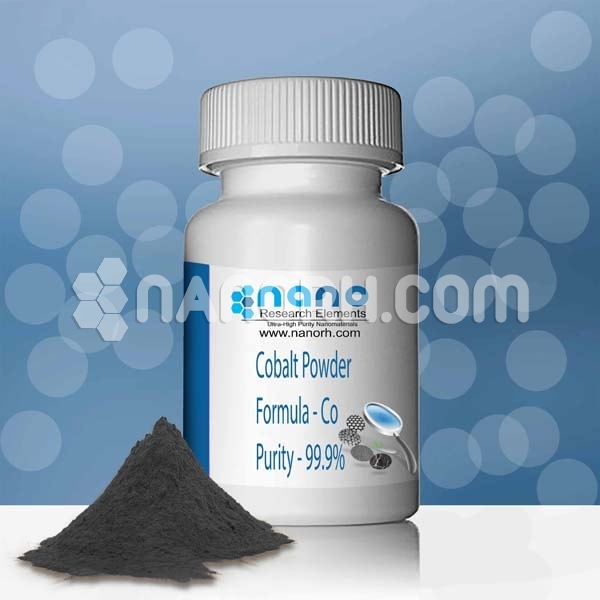| Bismuth Tungstate Powder | |
| Product No | NRE-11034 |
| CAS No. | 13595-87-4 |
| Formula | Bi2(WO4)3 |
| Molecular Weight | 1161.47g/mol |
| APS | <20µm (can be customized) |
| Purity | 99% |
| Density | NA |
| Color | White/off-White |
| Melting Point | >300 °C |
| Boiling Point | NA |
Bismuth Tungstate Powder
Bismuth tungstate powder, also known as bismuth (III) tungstate, is a compound with the chemical formula Bi2WO6. It has various applications in different fields, mainly due to its unique properties. Some of the notable applications of bismuth tungstate powder include:
Photocatalysis: Bi2(WO4)3 powder has been studied extensively for its photocatalytic properties. It can be utilized in the degradation of organic pollutants in water and air through photocatalytic reactions. Its ability to generate electron-hole pairs upon exposure to light makes it a promising candidate for environmental purification processes.
Solar energy conversion: Due to its photoelectric properties, bismuth tungstate powder can be used in solar cells and other photovoltaic applications. It can efficiently convert solar energy into electrical energy, making it a potential material for renewable energy technologies.
Gas sensors: Bi2(WO4)3 powder has been investigated for its potential in gas sensing applications. It exhibits sensitivity to various gases, making it suitable for use in gas sensors for detecting harmful or toxic gases in industrial and environmental settings.
Electrochromic devices: Bi2(WO4)3 powder has shown promise in electrochromic applications, where it can be used in the development of smart windows and displays. It has the ability to change its optical properties in response to an electric field, allowing for the control of light transmission.
Biomedical applications: Some research has indicated the potential use of bismuth tungstate powder in the field of biomedicine. It has been explored for its antibacterial properties and its potential application in drug delivery systems and as an imaging contrast agent in biomedical imaging techniques.




